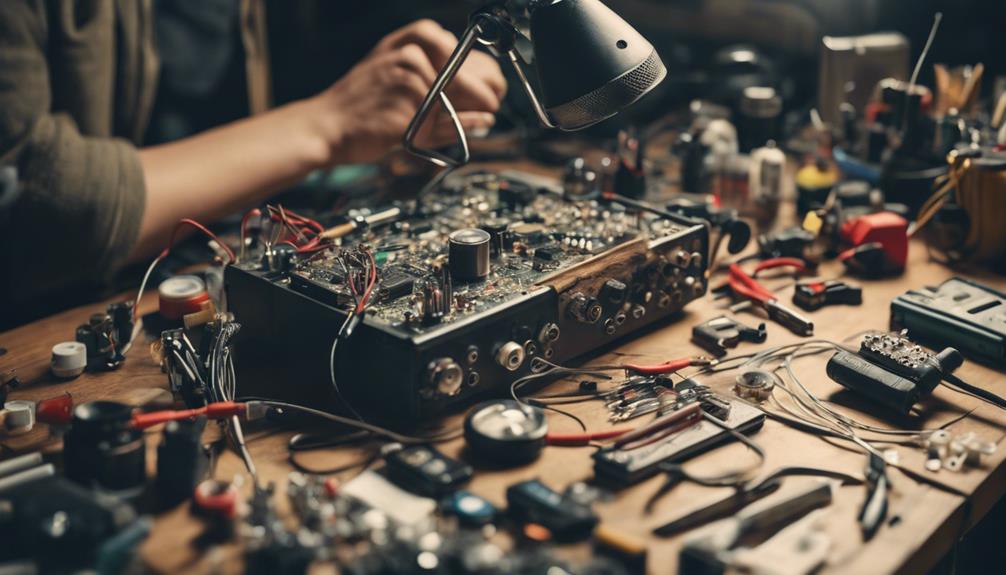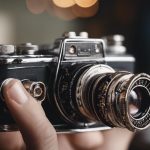Construct your DIY spy camera kit by carefully selecting miniature surveillance cameras and microcontroller boards. Choose high resolution and discreet cameras, and gather electronic components for system control. Disassemble the camera meticulously, modify the lens for best performance, and set up a reliable power source. Assemble the camera kit, test its functionality, and conceal it strategically for effective surveillance. Keep in mind the importance of ensuring seamless integration of all components for a successful spy camera build. Master the art of building your spy camera kit for all your surveillance needs.
Gathering Necessary Materials
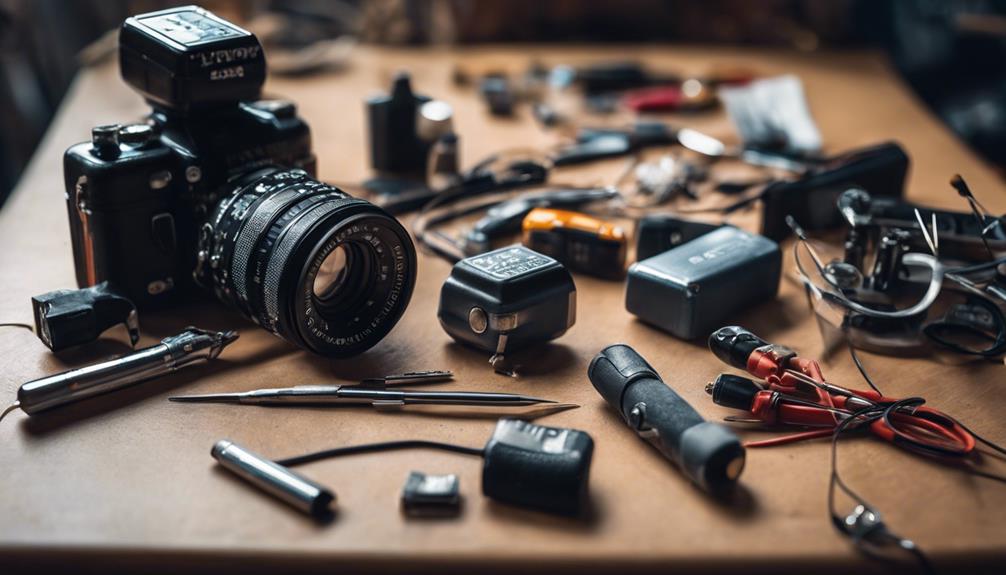
To begin assembling your DIY spy camera kit, gather essential materials such as a miniature camera, a microcontroller board, and various electronic components. Sourcing components for your spy camera project is vital to guarantee functionality and reliability. When considering budget constraints, it's advisable to research and compare prices from different suppliers to find cost-effective options without compromising quality.
Start by selecting a miniature camera suitable for your surveillance needs. Look for high-resolution options that offer night vision capabilities if required.
Next, choose a microcontroller board that will serve as the brain of your spy camera system. Arduino boards are popular choices due to their versatility and ease of programming.
Additionally, gather electronic components such as wires, connectors, resistors, and capacitors to complete the circuitry of your spy camera.
Choosing the Right Camera
Consider key factors like resolution, size, and functionality when selecting the ideal camera for your DIY spy camera kit. Camera resolution is important for capturing clear images or videos. Opt for a camera with at least 1080p resolution for sharper footage. Validate lens compatibility with the camera body to allow for future upgrades or changes to suit your spying needs.
Stealth capabilities are vital for covert operations. Choose a small, discreet camera that can be easily concealed within everyday objects. Wireless connectivity enables you to stream or store footage remotely, providing flexibility in monitoring without being physically present at the camera's location. Look for cameras with Wi-Fi or Bluetooth capabilities for seamless data transfer.
When choosing the right camera for your DIY spy kit, prioritize features that align with your surveillance requirements. A balance between high resolution, inconspicuous design, and wireless connectivity will enhance the effectiveness of your spy camera setup.
Disassembling the Camera
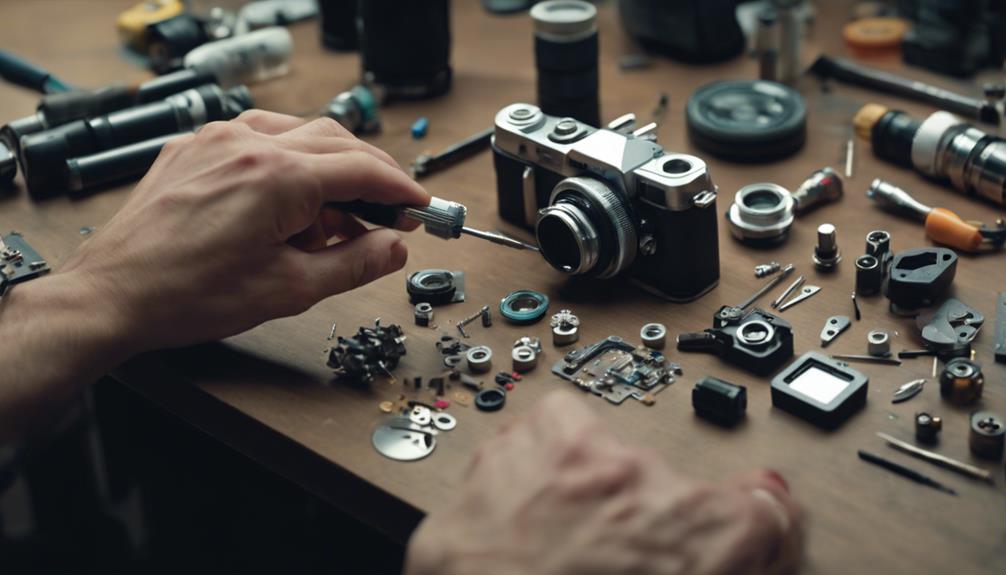
Begin by carefully removing the outer casing of the camera to access its internal components for disassembly. Use a small screwdriver to unscrew the screws holding the casing in place.
Once the casing is off, you'll see the circuit board, battery, lens, and other important parts.
Next, disconnect the battery to prevent any electrical mishaps during disassembly. Carefully remove the circuit board by unscrewing any additional screws holding it in place. Take note of how everything is interconnected as you disassemble the camera to make sure of proper reassembly later.
When you encounter any difficulties while disassembling, such as stubborn screws or connectors, use precision tools like tweezers or small pliers to gently maneuver them. Be cautious not to damage any delicate components during this process.
Before proceeding to modify the camera further, make sure to troubleshoot for any issues that may have arisen during disassembly. Once you have completed any necessary fixes, you can then move on to reassembling the components to continue building your DIY spy camera kit.
Modifying the Camera Lens
After disassembling the camera to access its internal components, the next step involves modifying the camera lens to enhance its functionality for your DIY spy camera kit. Lens adjustment is important in improving image quality and ensuring sharp surveillance footage. To achieve this, consider experimenting with different focusing techniques to capture clear and detailed images.
When modifying the camera lens, focus on optimizing the surveillance angles to cover a wider field of view without compromising image clarity. Adjust the lens carefully to achieve the desired focal length for your specific monitoring needs.
By fine-tuning the lens settings, you can enhance the camera's performance and capture high-quality footage for effective surveillance purposes.
Remember that the lens plays a significant role in determining the overall image quality of your spy camera. Pay attention to details such as focus, aperture, and zoom capabilities to maximize the camera's potential for covert monitoring.
Properly modifying the camera lens will have a notable impact on the effectiveness of your DIY spy camera kit.
Setting Up the Power Source
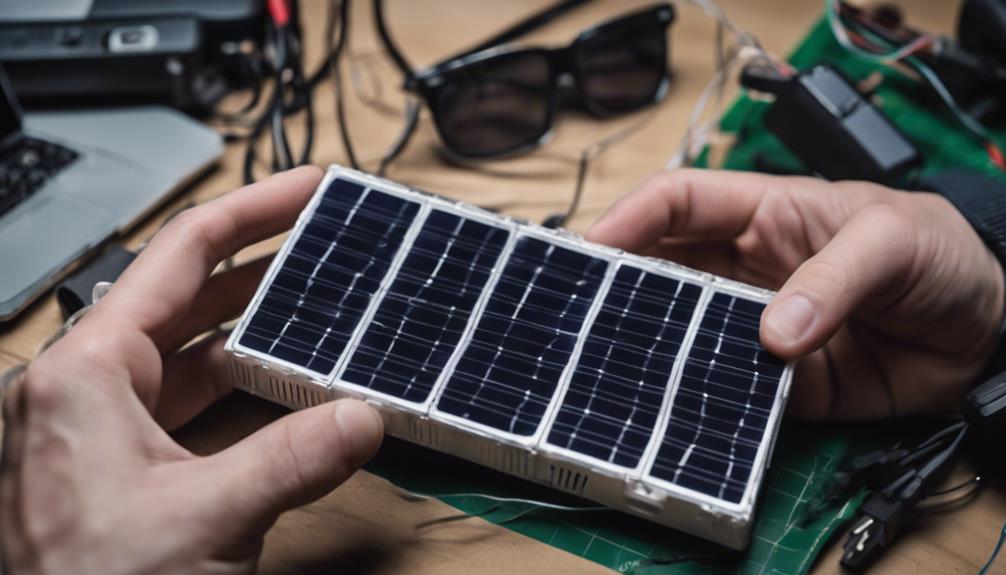
Optimizing the power source for your DIY spy camera kit involves selecting a reliable and long-lasting battery pack. When considering power supply options, choose a battery that offers a balance between capacity and size. Lithium-ion batteries are a popular choice due to their high energy density and rechargeable nature. Guarantee the battery pack can provide enough power to run your camera for the desired duration, taking into account factors like recording quality and frequency.
When setting up the power source, pay close attention to wiring connections. Use quality wires and connectors to prevent power loss or short circuits. Properly insulate the connections to avoid any electrical hazards.
Additionally, consider incorporating solar panels into your setup to extend the battery life. Solar panels can help recharge the battery pack during daylight hours, ensuring continuous operation of your spy camera kit.
Assembling the Camera Enclosure
How can you guarantee the secure assembly of the camera enclosure for your DIY spy camera kit?
When assembling the camera enclosure, ensuring proper waterproofing is essential to protect the camera components from moisture and environmental factors. Use silicone sealant to seal any gaps or openings in the enclosure to prevent water ingress.
Additionally, consider adding night vision functionality by incorporating infrared LEDs inside the enclosure for enhanced visibility in low-light conditions.
To camouflage the camera and make it discreet, choose an enclosure that blends in with its surroundings. You can paint the enclosure to match the environment where the camera will be placed, making it less conspicuous.
When securing the camera inside the enclosure, use mounting brackets or adhesive strips to hold the camera in place firmly. Ensure that the camera is positioned securely to prevent any movement or displacement that could affect the camera's functionality.
Installing the Camera Circuit
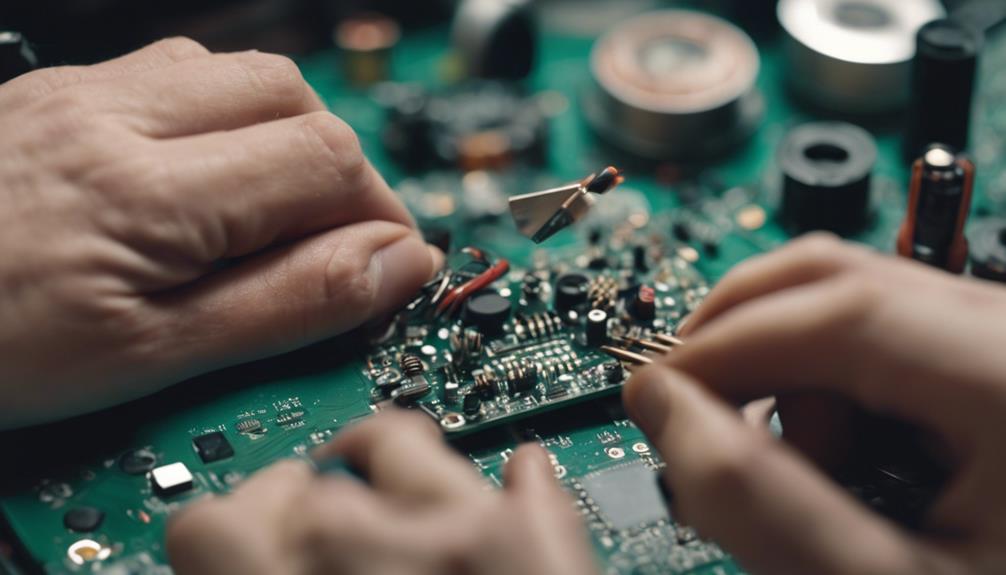
To proceed with installing the camera circuit for your DIY spy camera kit, handle the components carefully and follow precise steps to guarantee proper functionality and performance. Begin by soldering connections between the camera module and the transmitter circuit board. Make sure that the solder joints are clean and secure to prevent any potential electrical shorts.
Next, carefully route and secure wires from the camera to the transmitter, ensuring they're neatly organized to avoid interference with the camera's operation. Use cable ties or adhesive clips to keep the wires in place and prevent them from coming loose during use.
Double-check all connections and wires to confirm that everything is properly aligned and securely fastened. Any loose connections could lead to malfunctions in your spy camera kit.
Once all the connections are soldered and the wires are secured, you're ready to move on to the next step of testing your spy camera to verify that it functions correctly.
Testing Your Spy Camera
After securing all connections and wires, proceed to power up your spy camera kit and conduct a thorough test to verify its proper functionality.
To guarantee the best positioning and surveillance effectiveness, test the camera in various lighting conditions to gauge its performance. Utilize testing techniques such as panning the camera across different angles and distances to check for image clarity and focus.
Troubleshooting tips include adjusting the camera's focus and exposure settings if the footage appears blurry or overexposed.
Additionally, test the audio recording capabilities by speaking at different volumes and distances from the camera to ensure clear sound capture. Verify that the camera's motion detection feature is functioning correctly by moving in front of the camera to see if it triggers recording.
Check the camera's night vision mode by testing it in low-light conditions to assess its visibility range.
Concealing Your DIY Spy Camera
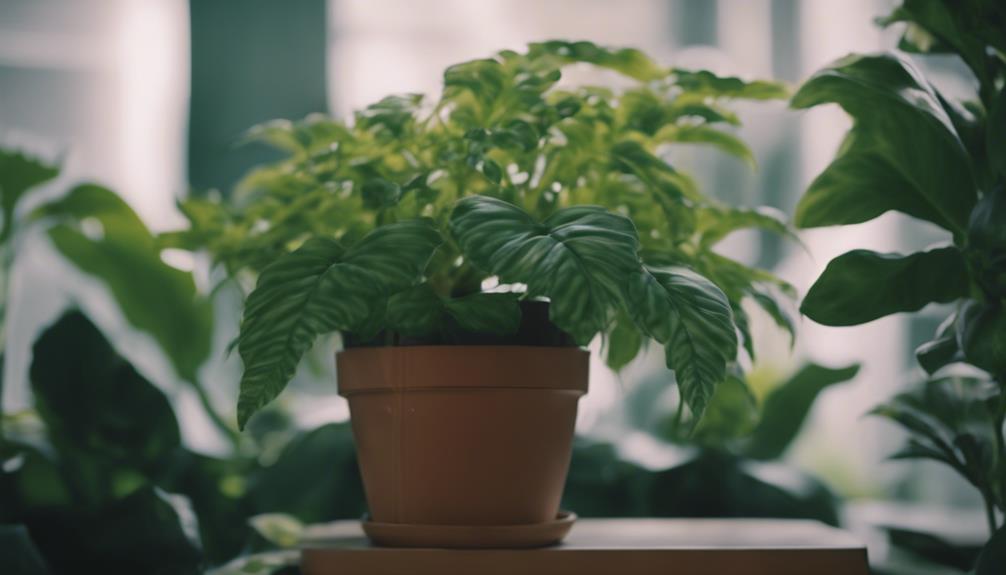
For ideal covert surveillance, carefully select strategic locations where you can discreetly conceal your DIY spy camera kit. Creative camouflaging is crucial to executing sneaky surveillance effectively.
When concealing your DIY spy camera, consider using everyday objects like plants, clocks, or even household items that blend seamlessly into the environment. Covert concealment is vital to guaranteeing that your spy camera remains hidden from prying eyes.
To achieve hidden recording, opt for small, compact cameras that can easily be concealed in inconspicuous locations. Wall clocks, picture frames, or even air purifiers can serve as clever hiding spots for your DIY spy camera kit.
Make sure that the camera lens has a clear line of sight without obstruction to capture high-quality footage discreetly.
Additionally, consider the lighting conditions of the area where you plan to conceal your DIY spy camera. Avoid placing the camera in direct sunlight or areas with harsh lighting to prevent detection.
Conclusion
To sum up, by following these steps and gathering the necessary materials, you can successfully build your own DIY spy camera kit. Remember to choose the right camera, modify the lens, set up the power source, assemble the enclosure, install the circuit, test the camera, and finally, conceal it discreetly.
With attention to detail and technical expertise, you can create a functional and covert surveillance tool for your security needs.
